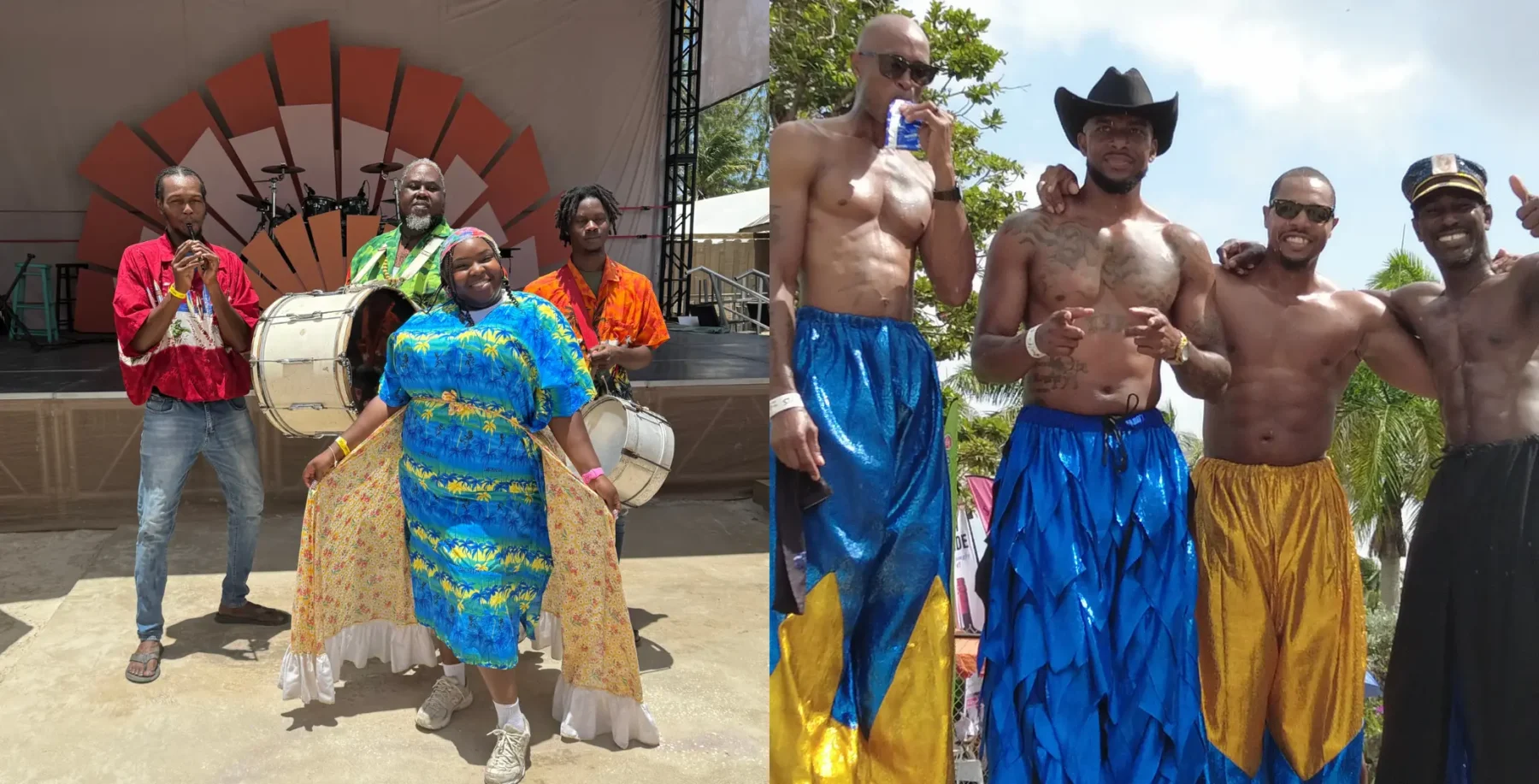
By writing bestselling books such as The Beautiful Struggle and Between The World And Me, Ta-Nehisi Coates has arguably become the most influential essayist of his generation. Writing eloquently and convincingly for more than a decade on topics that include reparations for slavery, the everyday meaning of being Black in America and the ongoing quest for political and social acceptance in a country founded upon genocidal violence and racism – the acclaim has been well-earned.
Success has come quickly and enormously for Coates, who admits to struggling early on. “I knew what kind of writer I wanted to be, [but] I was not becoming that writer,” he once quipped.
Coates, the Baltimore-born National Book Award-winner, is something of a multi-instrumentalist – as comfortable and proficient in the popular world of comic books (see Black Panther) as he is crafting and presenting well-researched arguments at congressional hearings. In reviewing his creative output, one gets the sense Coates can do whatever he wants with words. So it is not entirely surprising that he has turned to writing fiction.
The Water Dancer (One World, 416 pages, $37) is Coates’s sprawling and daring debut novel, which attempts to bring the classic slave narrative genre into a comic-book-infused aesthetic, one that intentionally understates the physical brutalities of slavery while elevating its characters’ capacities for imagining freedom through the power of storytelling. In this phantasmagoric and alluring world, stories heal and restore what slavery has broken memory redeems both the living and the dead.
The story is told by Hiram, a young Virginian slave who dreams of freedom and embarks on a dangerous journey to Philadelphia via the Underground Railroad after the drowning death of his half-brother. This tragic loss spawns a series of ghost-like encounters with Hiram’s dead mother who was sold into bondage when he was a child, and who becomes a guiding conduit to other spiritual-like planes of thought and experience. Through Hiram, we learn about the social divisions of being one of “the Tasked” under slavery, the hardships of life on the Lockless plantation and the unyielding pursuit of liberty.
While the general arc of the story will be familiar to those who have read autobiographical accounts such as Narrative Of The Life Of Frederick Douglass, An American Slave or The Life Of Josiah Henson, Formerly A Slave, Now An Inhabitant Of Canada, As Narrated By Himself, The Water Dancer offers a refreshing focus on the interior lives of the enslaved.
Hiram uses special powers of “conduction” that allow him to travel across space and time during mysterious fog-filled dreams. It is clear he has a specific calling. “All my life I had wanted to get out,” he tells us. “I was unoriginal in this – all of the Tasked felt the same. But, separate from all of Lockless, I possessed the means.” Through a form of teleportation, he encounters both the present and the past simultaneously, and communicates with loved ones who have passed into other realms. In his various journeys on the lam, Hiram meets with historical figures such as Harriet Tubman, famed abolitionists and a slew of other characters who give the book an enthralling time-bending feel. Hiram represents a crucial link between the spiritual and material world. He describes his gifts as a “kind of communion, a chain of memory…”
The book is expansive enough to offer something for everyone. There are love stories, family squabbles, adventures, betrayals and epic sojourns between a 19th-century tobacco plantation and city life in the North. Like Marlon James’s Black Leopard, Red Wolf, there are no easy or direct analogies to be found between the book’s surrealist events and the experiences of Black people today. But there are moments when Coates the essayist seems to intrude upon the story. In one scene that hints at the author’s well-known critique of racial capitalism, Hiram acknowledges that even if he is one day free from slavery, the struggle for true emancipation will be long. “I knew that I would never advance beyond my blood-bound place at Lockless… And I knew by then that my genius would not save me, indeed my genius would only make me a more valuable commodity.”
If there is a fault with the book it may be that Coates tries to do too much with it. On the one hand he tries to reimagine and reinvigorate the slave narrative by giving it a fast-paced comic-book treatment, but on the other his journalistic tendencies cause him to pack in loads of historical detail, which weighs the story down.
Setting this concern aside, The Water Dancer delivers a gutsy narrative that pulls intriguingly on the ephemeral and transcendental aspects of slavery and deepens Coates’s intellectual project of articulating how the remnants of history have shaped and impacted Black life.












